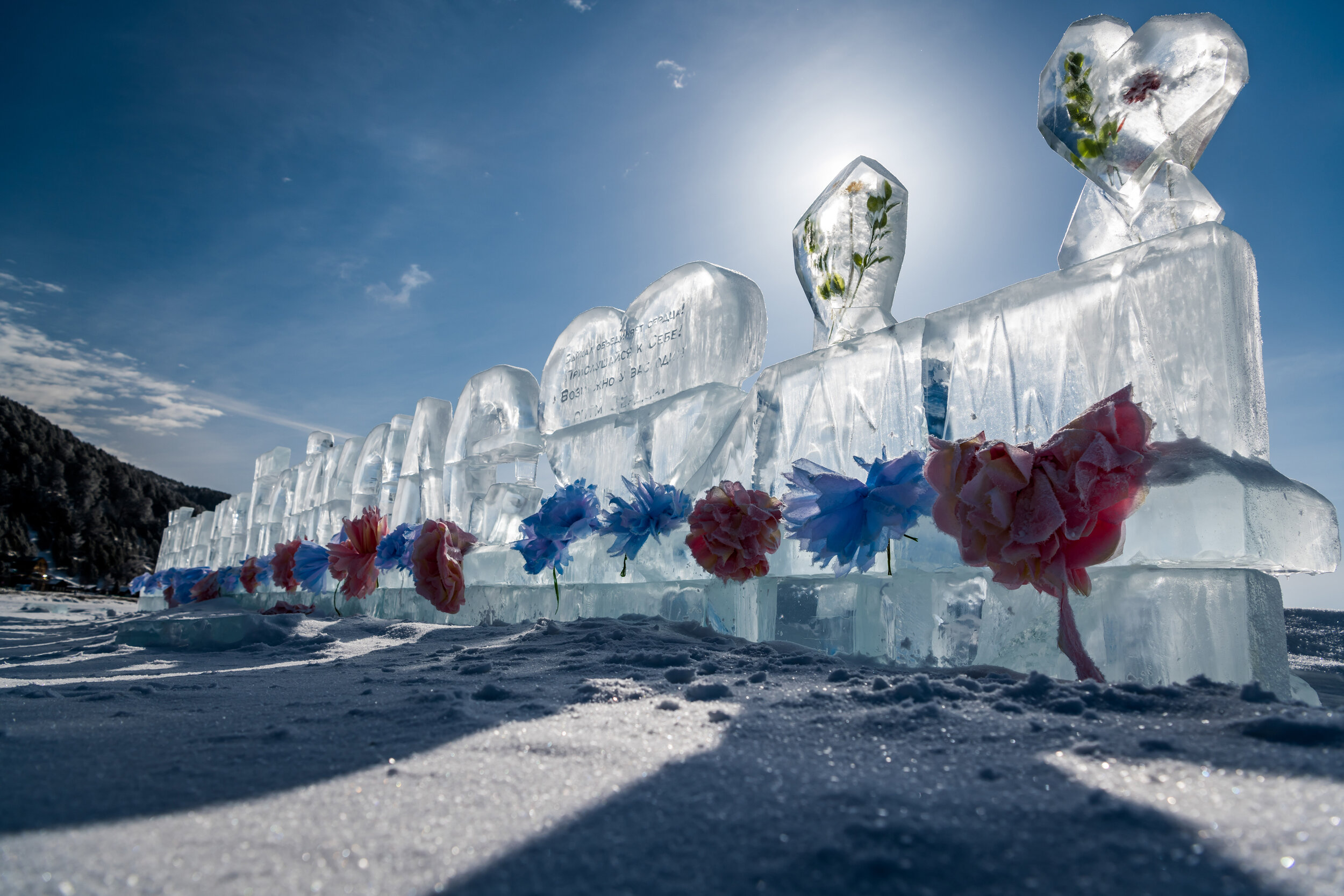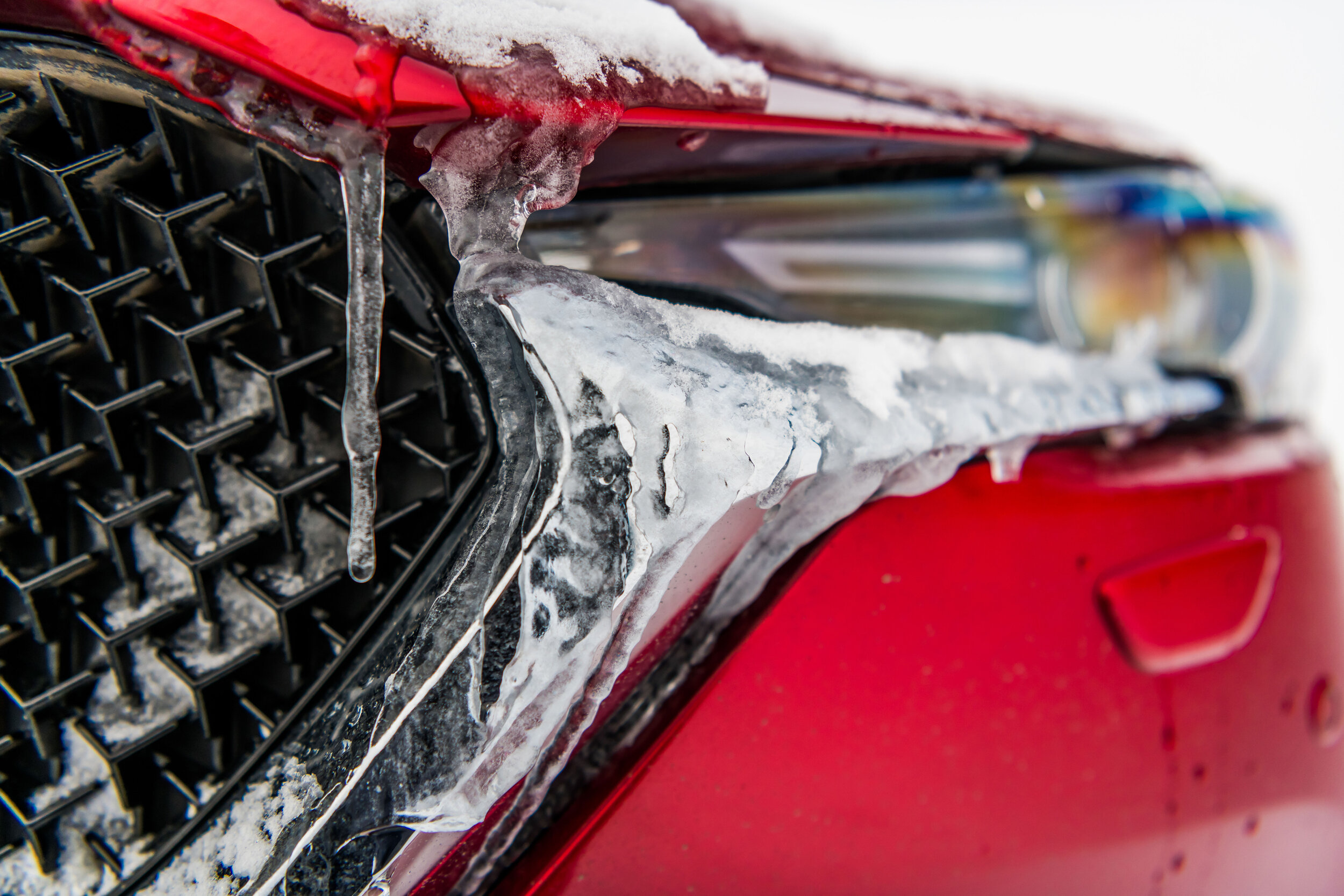Detour #31: Lake Baikal, Siberia
For a winter drive with a difference, plot a course for Siberia. When winter bites and temperatures fall to as low as -64C, it gets a little parky around these parts. Happily, one unseen benefit is that Lake Baikal freezes over.
However, it doesn’t freeze over as quickly as the rest of Siberia, because it takes such a long time to bring down the temperature of the world’s most voluminous lake. Once ice forms to almost a metre thick, it becomes a playground for skaters, husky dogs pulling sleds, extreme fishermen and thrill-seeking drivers - some piloting hovercrafts. You can combine all this in one single trip, if you’re brave enough, by booking an adventure holiday around Baikal.
You’ll need a coat that’s so thick it will weigh as much as you. And be warned: your car might slip through the ice and begin a descent to the bottom of up to a mile deep in places.
So we crossed the frozen wasteland by following expert guides - hulking great Russian men who only shouted when speaking and looked mean enough to scare off any approaching brown bear – as they led the way in a six-wheeled Trakol amphibious vehicle, specially designed for terrain as dangerous as this.
Our route took us from Irkutsk to Ulan-Ude, a city so far east that it’s a stone’s throw from Mongolia and China. However, the extended 40-mile crossing we took had never been tackled before.
The depth of the ice varies between 50cm and 80cm, which is sufficient to safely support 5 tones. At least, that’s what we were told. At one point we had to cross a fracture in the ice, by driving over a makeshift bridge fashioned from planks of wood and plastic trays. Still, it kept the heart pumping and warm blood flowing.
Small studs in the tyres of a Mazda CX-5 help generate traction on a surface that is so slippery you can barely stand without flailing around like a cartoon character. More people are injured from taking a tumble than getting caught in the cold or falling through the ice, because it’s blown perfectly smooth by the savage winter wind.
Locals talk of UFO sightings in the skies above Bailkal and strange happenings below the surface of the ice. We didn’t see any signs of life. However, sweeping the snow clear of the ice reveals beautiful patterns formed where trapped air and fault lines shimmer in the sunlight. In the summer months, the clarity of the water is said to allow a glimpse of up to 40 metres below the surface.
Anyone with a thirst for adventure can try it for themselves. Our lead guide, Alexey Simakin, of Avtorazum, organises week-long driving expeditions across the ‘sacred sea’ and Unesco world heritage site, for around £2,000.
It’s a drive with a difference. And by the end of it you’ll welcome a vodka or two at the hotel bar, and be thankful that you didn’t forget to pack your thermals, or stumble across a weak point in the ice.
Words James Mills Twitter | Instagram
Photography David Smith













ROADBOOK
Class: Ice Drive
Name: Lake Baikal
Route: Shore to shore (ice permitting)
Country: Siberia, Russia
Distance: 40 miles

